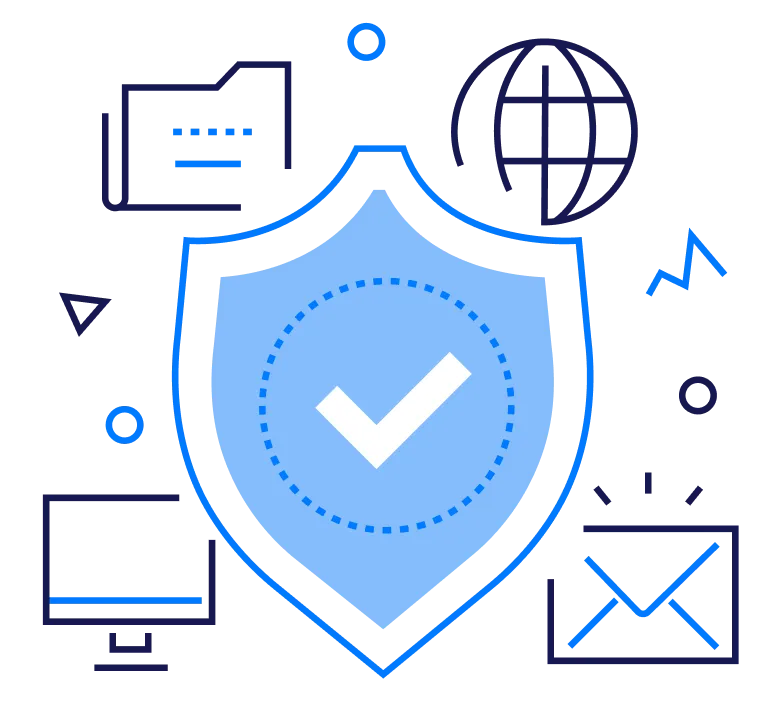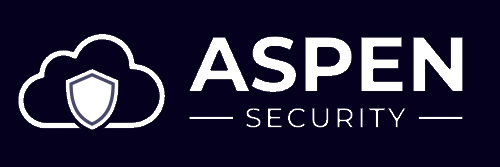The rapid adoption of cloud environments has brought unprecedented scalability and agility to businesses, but it has also introduced a labyrinth of security concerns. Cloud Security Posture Management (CSPM) has emerged as a vital tool to help organizations identify and mitigate risks in cloud environments. However, the effectiveness of CSPM often hinges on the ability to separate the signal — actionable insights — from the noise — irrelevant or low-priority alerts.
This blog dives into the challenges of distinguishing signal from noise in CSPM incidents, vulnerabilities, and remediations, and offers strategies to enhance your organization’s cloud security posture.
The Complexity of Cloud Security
Cloud environments are inherently complex. They consist of diverse components such as virtual machines, containers, APIs, and databases, each with its own unique security challenges. CSPM tools aim to provide continuous visibility and compliance checks across these environments, identifying misconfigurations, vulnerabilities, and policy violations.
However, the sheer volume of alerts generated by CSPM tools can overwhelm even the most seasoned security teams. Not all alerts are created equal — some require immediate attention, while others may have minimal or no impact on your environment.
Understanding Signal vs. Noise
What is Signal?
- Actionable insights that directly improve your security posture.
- High-priority incidents, such as open storage buckets exposing sensitive data or misconfigured IAM roles allowing unrestricted access.
- Alerts tied to active threats or regulatory compliance risks.
What is Noise?
- Low-priority or irrelevant alerts that divert attention from critical issues.
- Duplicate alerts for the same misconfiguration across different environments.
- Incidents with no tangible security impact, such as outdated but non-critical tags on cloud resources.
The challenge lies in efficiently identifying the signal amidst the overwhelming noise, ensuring that security teams focus their efforts on what matters most.
The CSPM Alert Overload
CSPM tools often flag a wide range of issues, including:
- Incidents: Misconfigurations, policy violations, and potential threats, such as open ports or insecure storage buckets.
- Vulnerabilities: Weaknesses in cloud infrastructure or applications that could be exploited.
- Remediations: Recommended actions to fix identified issues.
While these tools are invaluable for maintaining a secure cloud environment, their effectiveness is undermined if security teams are bogged down by alert fatigue. For instance:
- A CSPM tool may flag hundreds of low-priority alerts for non-critical resources while missing or delaying alerts for high-risk vulnerabilities.
- Alerts generated without sufficient context can lead to unnecessary remediations, wasting time and resources.
Strategies to Separate Signal from Noise
To maximize the value of CSPM tools and improve cloud security, organizations need to implement strategies to distinguish actionable insights from irrelevant noise.
1. Prioritize Alerts by Risk
Not all alerts are equally critical. CSPM tools should allow security teams to:
- Classify alerts by severity: High, medium, and low priority based on potential impact.
- Correlate alerts with business impact: For example, prioritize fixing misconfigurations in production environments over non-critical development environments.
2. Contextualize Vulnerabilities
Vulnerabilities need to be evaluated in the context of their exploitability and potential impact. For instance:
- A publicly exposed storage bucket containing sensitive customer data is a high-priority issue.
- An outdated library in a development environment with no public exposure might be a lower priority.
Adding context to vulnerabilities helps security teams focus on fixing the most critical issues first.
3. Automate Remediation
Manual remediation of every CSPM alert is not feasible in dynamic cloud environments. Automation can help by:
- Automatically fixing low-risk issues, such as enabling encryption on storage buckets.
- Providing guided remediation for high-risk vulnerabilities to speed up resolution.
4. Tune Policies and Thresholds
CSPM tools often come with default policies that may not align with your organization’s risk tolerance. Customizing these policies can significantly reduce noise:
- Adjust thresholds for triggering alerts to match your organization’s security priorities.
- Suppress alerts for known, low-risk issues that have already been documented and approved.
5. Leverage Machine Learning and Analytics
Modern CSPM tools increasingly incorporate machine learning to reduce noise. These tools can:
- Identify patterns and anomalies in alert data.
- Prioritize alerts based on historical trends and contextual analysis.
The Human Factor in Cloud Security
While CSPM tools and automation can do much of the heavy lifting, the human element remains crucial. Security teams must:
- Regularly review and refine alert configurations.
- Investigate complex incidents that require human intuition and expertise.
- Provide feedback to improve the CSPM tool’s accuracy over time.
A collaborative approach between security teams and CSPM tools ensures that the focus remains on actionable insights, not distractions.
The Cost of Ignoring Signal
Failing to act on high-priority CSPM alerts can have severe consequences, including:
- Data breaches: Misconfigured cloud resources are one of the leading causes of cloud data breaches.
- Regulatory fines: Non-compliance with data protection regulations can result in significant financial penalties.
- Reputation damage: A security incident can erode customer trust and damage your organization’s brand.
By focusing on the signal, organizations can avoid these pitfalls and maintain a strong cloud security posture.
Final Thoughts
Cloud Security Posture Management tools are indispensable in today’s cloud-first world, but their true value lies in how effectively organizations can separate signal from noise. By prioritizing alerts, contextualizing vulnerabilities, automating remediations, and leveraging advanced analytics, businesses can ensure that their cloud environments remain secure without overwhelming their security teams.
Let’s secure the future — together.
Need Help Managing Cloud Security?
At Aspen Security, our experts specialize in cloud security threat detection, prioritization, and remediation management. If you’re looking to strengthen your cloud security strategy or need help implementing CNAPP, CSPM, or CWPP, we’re here to assist.
Reach out to a cloud security expert today at info@aspensecurity.io and let us help you protect what matters most.


